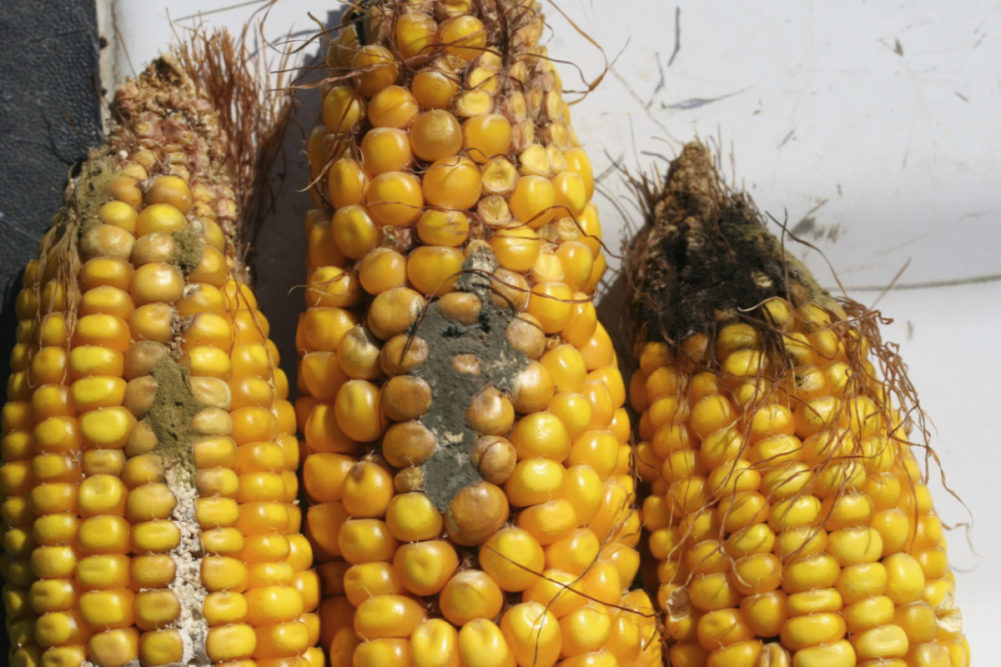EAST LANSING, MICHIGAN, US — As climate change continues to alter weather patterns around the planet, researchers at Michigan State University (MSU) are modeling the impact on crops such as corn.
Part of the study focused on fungi Aspergillus flavus and Aspergillus parasiticus, which produce aflatoxin that can infect peanuts, tree nuts and corn. Aflatoxin not only degrades corn quality but can also cause health problems for humans and animals depending on the amount and length of time it is ingested. While aflatoxin contamination occurs annually in the southern United States because of the hot and dry climate, it has rarely been a serious problem in the Corn Belt region of the United States, which is the largest exporter and donor of field corn in the world.
“When we ran our near-term climate model scenarios, we found that between 2031-2040, aflatoxin is going to become more of a problem in the US Corn Belt in the Midwest,” said Felicia Wu, a John A. Hannah Distinguished Professor and an international expert on food safety in the Department of Food Science and Human Nutrition and the Department of Agricultural, Food, and Resource Economics in the College of Agriculture and Natural Resources at MSU. “The last time there was a serious problem was in 2012 when we had an unusually hot and dry summer throughout the Midwest; particularly Iowa, Illinois and Indiana.”
Wu’s research was published April 5 in the journal Environmental Research Letters. Co-authors on the paper include her former doctoral student Jina Yu (Hong Kong Baptist University), David Hennessy (Iowa State University) and Jesse Tack (Kansas State University).
Hot and dry conditions encourage fungi spores to be airborne, which increases their chances of contaminating crops. The study noted that water helps plants withstand stress that makes them vulnerable to harmful fungi. Steps growers, grain elevators and processors can take to reduce the risk of aflatoxin contamination include storing corn harvests in cool, dry conditions and keeping crops irrigated to the extent possible given declining water tables.
Researchers already are using both biotechnological and conventional breeding techniques to develop hybrid crops that can withstand drought, insect damage and fungal infections. In many parts of the world, corn growers are using biocontrol to reduce aflatoxin. Biocontrol infects plants with Aspergillus fungi, which is unable to produce aflatoxin because these fungi competitively exclude the fungi that produce aflatoxin, the study said.
Another possibility shifts crop production further north or further south
geographically where the climate is cooler or wetter to reduce aflatoxin risk. That, however, impacts farms that have been passed down for generations.
“We predict seeing an increase in aflatoxin problems over the next 10 to 20 years,” Wu said. “So, we need to rely on technologies and a whole suite of interventions that can reduce the problem.”




